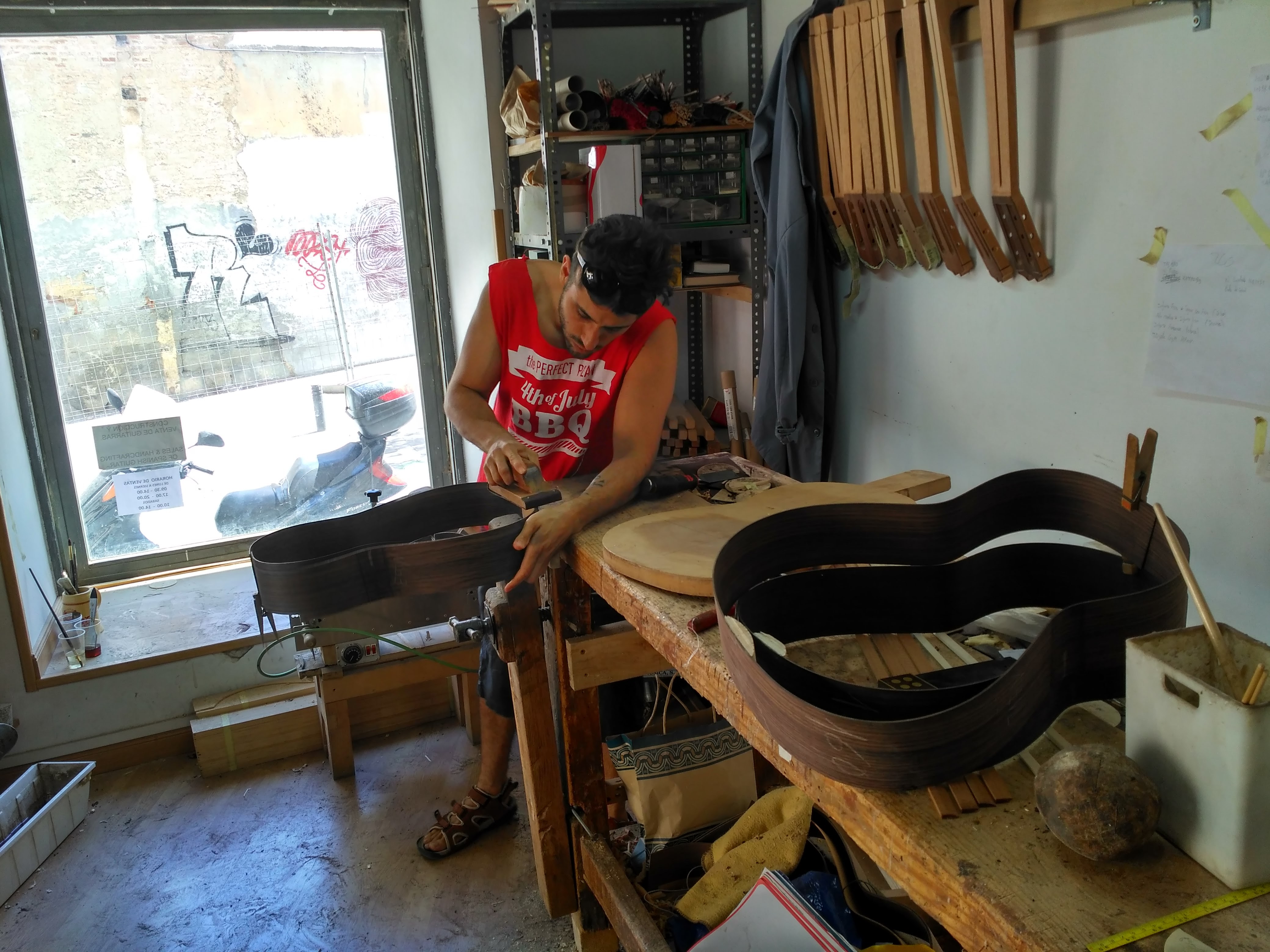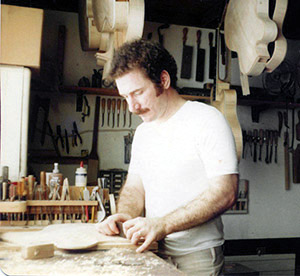|
François Lotte
François Lotte (1889–1970) was a French archetier and bow maker. Son of Georges Lotte who was a luthier and violin maker in the Vuillaume shop. François Lotte received his training in the best French tradition, initially apprenticed with Bazin. In 1919 he married Marguerite Ouchard, daughter of Émile François Ouchard and sister of Émile Auguste Ouchard. François later went on to work for Eugène Cuniot-Hury (between 1922-1925). By 1926 he set up his own business in Paris. His bows are often stamped with the stamp of the shop or maker he was working for or not stamped at all. His bows are elegant, precise, excellent in workmanship and combine good playing and sound qualities. He left a large number of bows of very good quality. Many bows are mounted in silver as well as maillechort/nickel mounted. His brands include: *"FRANCOIS LOTTE" in large letters *"Fcois LOTTE" in large letters *"FRANCOIS LOTTE" in small letters His son Roger François Lotte, born 1922, took over ... [...More Info...] [...Related Items...] OR: [Wikipedia] [Google] [Baidu] |
Archetier
A bow maker is a person who builds, repairs, and restores antique or modern Bow (music), bows for bowed string instruments. These include violins, violas, cellos, double basses, viola d'amore, viola da gamba, etc. The French word for bowmaker (bow maker) is archetier, meaning one who makes Bow (music), bows of the string family of instruments such as violin, viola, cello and double bass. The root of the word comes from ''archet''—pronounced —the bow. A bow maker typically uses between 150 and 200 hairs from the tail of a horse for a violin bow. Bows for other members of the violin family typically have a wider ribbon, using more hairs. White hair generally produces a smoother sound and black hair (used mainly for double bass bows) is coarser, producing a rougher sound. Lower quality (inexpensive) bows often use nylon or synthetic hair. Rosin, a hard, sticky substance made from resin (sometimes mixed with wax), is regularly applied to the bow hair to increase friction. In maki ... [...More Info...] [...Related Items...] OR: [Wikipedia] [Google] [Baidu] |
Luthier
A luthier ( ; ) is a craftsperson who builds or repairs string instruments. Etymology The word ' is originally French and comes from ''luth'', the French word for "lute". The term was originally used for makers of lutes, but it came to be used in French for makers of most bowed and plucked stringed instruments such as members of the violin family (including violas, cellos, and double basses) and guitars. Luthiers, however, do not make harps or pianos; these require different skills and construction methods because their strings are secured to a frame. Craft The craft of luthiers, lutherie (rarely called "luthiery", but this often refers to stringed instruments other than those in the violin family), is commonly divided into the two main categories of makers of stringed instruments that are plucked or strummed and makers of stringed instruments that are bowed. Since bowed instruments require a bow, the second category includes a subtype known as a bow maker or archetier ... [...More Info...] [...Related Items...] OR: [Wikipedia] [Google] [Baidu] |
Violin Maker
A luthier ( ; ) is a craftsperson who builds or repairs string instruments. Etymology The word ' is originally French and comes from ''luth'', the French word for "lute". The term was originally used for makers of lutes, but it came to be used in French for makers of most bowed and plucked stringed instruments such as members of the violin family (including violas, cellos, and double basses) and guitars. Luthiers, however, do not make harps or pianos; these require different skills and construction methods because their strings are secured to a frame. Craft The craft of luthiers, lutherie (rarely called "luthiery", but this often refers to stringed instruments other than those in the violin family), is commonly divided into the two main categories of makers of stringed instruments that are plucked or strummed and makers of stringed instruments that are bowed. Since bowed instruments require a bow, the second category includes a subtype known as a bow maker or archetier. L ... [...More Info...] [...Related Items...] OR: [Wikipedia] [Google] [Baidu] |
Vuillaume
Jean-Baptiste Vuillaume (; 7 October 1798 – 19 March 1875) was a French luthier, businessman, inventor and winner of many awards. He was one of the finest French luthiers of the 19th century and a key figure in the world of violin making. His workshop made more than 3,000 instruments. His vision was the ethics and beauty of the Cremona school. Early life Vuillaume was born in Mirecourt, where his father and grandfather were luthiers. His father taught him the basics of violin making. Career Vuillaume moved to Paris in 1818 to work for François Chanot. In 1821, he joined the workshop of Simon Lété, François-Louis Pique's son-in-law, at Rue Pavée St. Sauveur. His first labels are dated 1823. Lété and Vuillaume became partners and in 1825 settled in the Rue Croix-des-Petits-Champs under the name of "Lété et Vuillaume". In 1827, at the height of the Neo-Gothic period, he started to make imitations of old instruments, some of which were identical to the origina ... [...More Info...] [...Related Items...] OR: [Wikipedia] [Google] [Baidu] |


